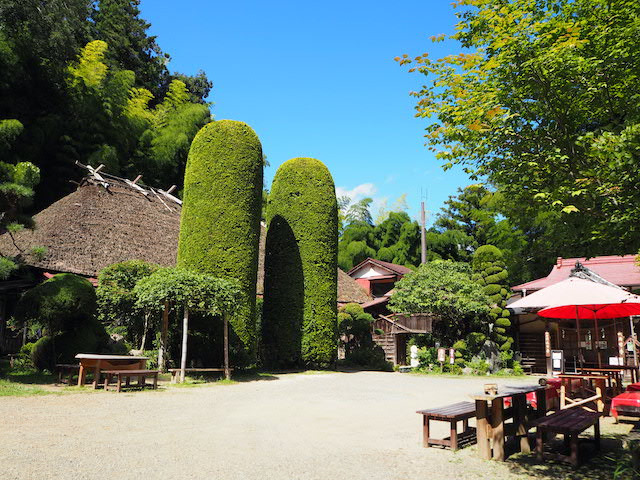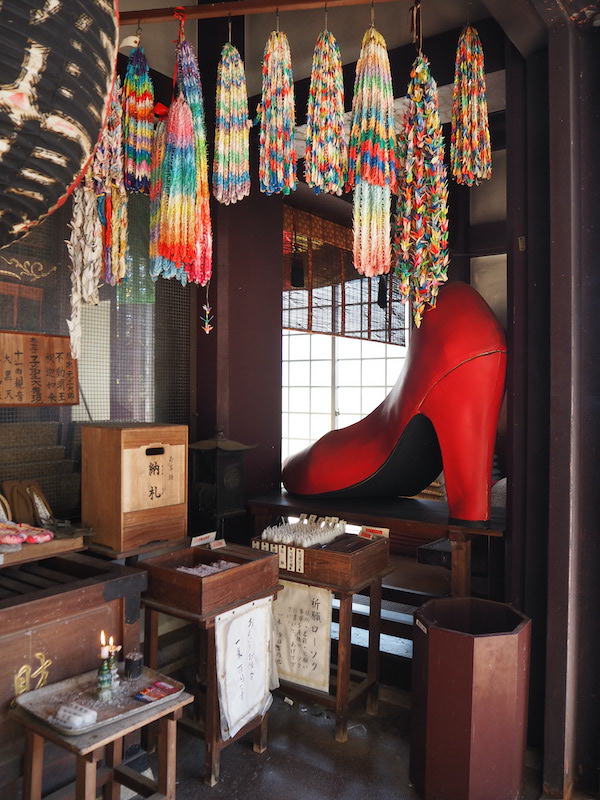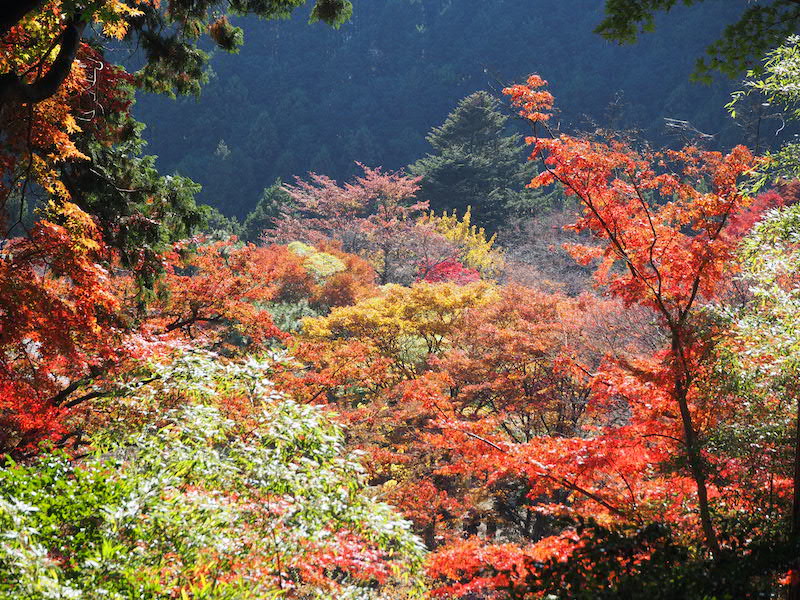Hike to enjoy the fusion of Buddhism and Shinto
Temples with Bamboo Groves
Guardian Deities of Legs and Feet
How to Get There by Train
Hanno Station & Agano Station: Seibu Ikebukuro Line
If you want to go to Takedera Temple first, take a bus from Hanno Station, get off at Kodono bus stop, and start walking.
What’s It Like?
The mountainous religion in Japan evolved through the amalgamation of Buddhism and Shinto. Prior to the Meiji era, this fusion was prevalent. However, in the early Meiji period, the government sought to separate the two, favoring Shinto while suppressing Buddhism. Yet, the two religious sites we are going to visit managed to escape this suppression, preserving a valuable testament to the amalgamation of both. Situated in low mountains at elevations of 500 to 600 meters, this tour offers an experience of faith intertwined with rural landscapes.
Takedera: “Take” means bamboo, and “Dera” (or “Tera”) signifies a Buddhist temple. This temple, founded in 857, is renowned for its stunning bamboo groves. The temple grounds harmonize with the landscape and nature, characterized by the serene beauty of bamboo. Its traditional architecture and beautiful gardens captivate visitors, offering a glimpse into Japanese culture and spirituality. You can also enjoy shojin ryori (Buddhist vegetarian cuisine) at this temple.
Nenogongen: The Buddhist temple, founded in 911 by Neno-hijiri (a saint), belongs to the Tendai sect. He himself became an object of worship and has been revered as a deity safeguarding legs and feet. Within the temple grounds, noticeable features include massive iron-made straw sandals and wooden clogs, dedicated by worshippers.



















